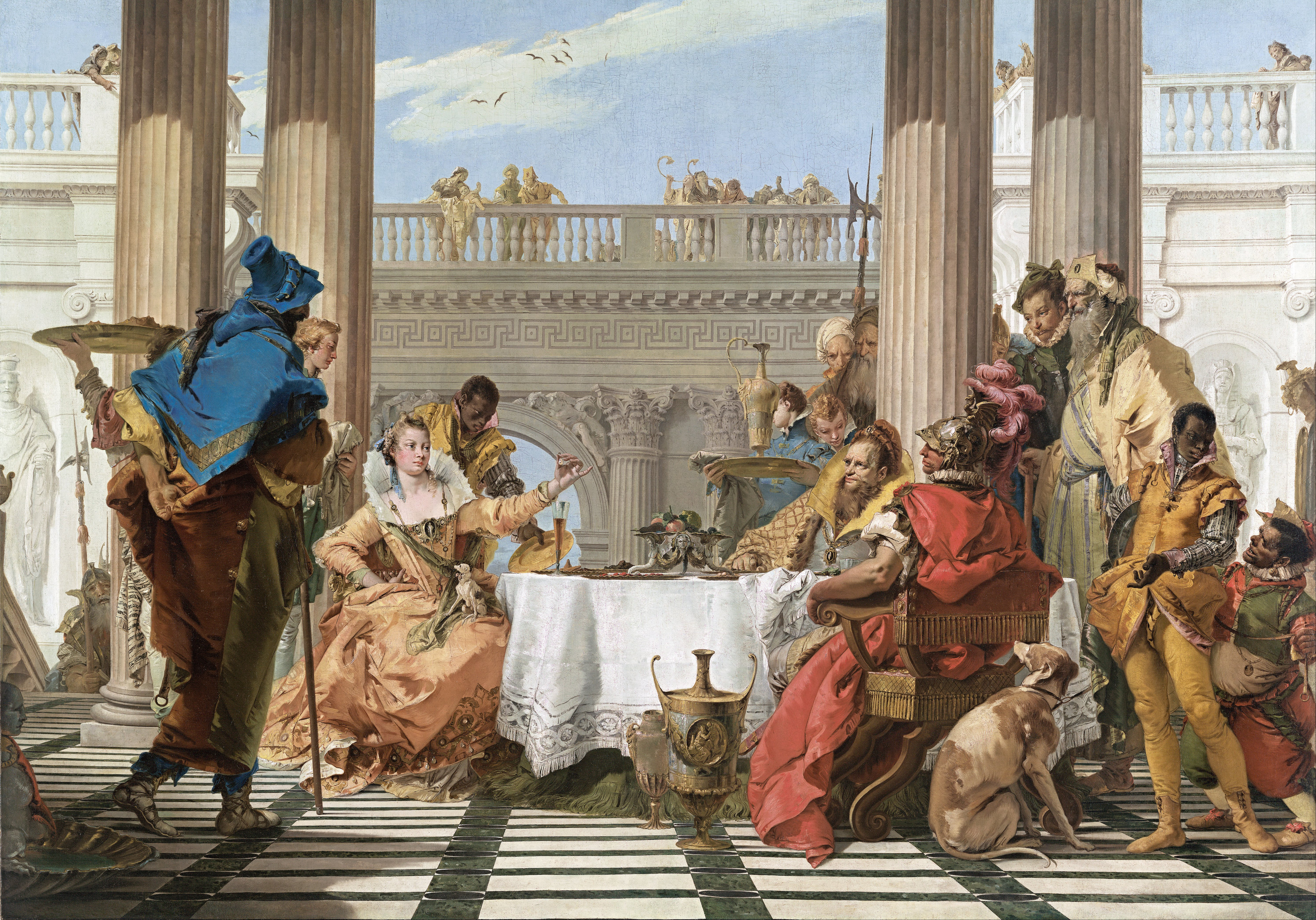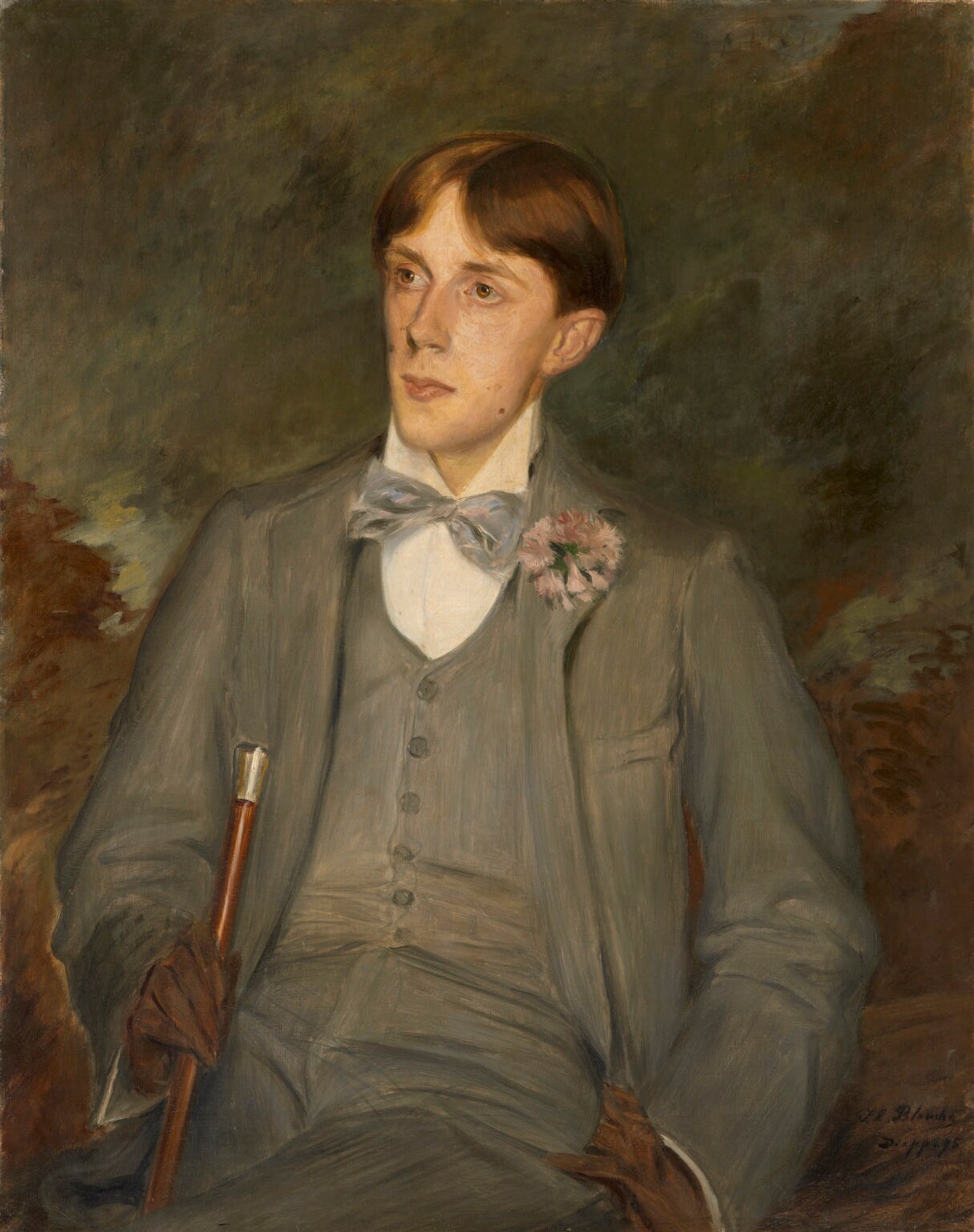|
Satyress
Satyress is the female equivalent to satyrs. They are entirely an invention of post-Roman European artists, as the Greek satyrs were exclusively male and the closest there was to female counterparts were the nymphs, altogether different creatures who, however, were nature spirits or deities like the satyrs. Later on, Romans described their counterpart of the satyr -- the ''faunus'' -- as having a female counterpart, the ''fauna''. Although effectively the same creature as the then-inexistant satyress, it actually came to be part of the Roman religion. The creation of gender-complementary pairs of deities serving the same function was a typically Roman religious characteristic. Description The Satyresses depicted with a human head and torso, generally including bare breasts, but the body of a goat from the hips down. They were a late invention by poets and artists and are comparatively rare in Classical art. Such a creature may also be known as a fauness, but this nomenclature is r ... [...More Info...] [...Related Items...] OR: [Wikipedia] [Google] [Baidu] |
Giovanni Battista Tiepolo
Giovanni Battista Tiepolo ( , ; March 5, 1696 – March 27, 1770), also known as Giambattista (or Gianbattista) Tiepolo, was an Italian painter and printmaker from the Republic of Venice who painted in the Rococo style, considered an important member of the 18th-century Venetian school. He was prolific, and worked not only in Italy, but also in Germany and Spain. Giovan Battista Tiepolo, together with Giambattista Pittoni, Canaletto, Giovan Battista Piazzetta, Giuseppe Maria Crespi, and Francesco Guardi are considered the traditional Old Masters of that period. Successful from the beginning of his career, he has been described by Michael Levey as "the greatest decorative painter of eighteenth-century Europe, as well as its most able craftsman." Biography ''The Glory of St. Dominic'', 1723 Early life (1696–1726) Born in Venice, he was the youngest of six children of Domenico and Orsetta Tiepolo. His father was a small shipping merchant who belonged to a family ... [...More Info...] [...Related Items...] OR: [Wikipedia] [Google] [Baidu] |
Walters Art Museum
The Walters Art Museum, located in Mount Vernon-Belvedere, Baltimore, Maryland, United States, is a public art museum founded and opened in 1934. It holds collections established during the mid-19th century. The museum's collection was amassed substantially by major American art and sculpture collectors, a father and son: William Thompson Walters, (1819–1894), who began collecting when he moved to Paris as a nominal Southern/ Confederate sympathizer at the outbreak of the American Civil War in 1861; and Henry Walters (1848–1931), who refined the collection and made arrangements for the construction of a later landmark building to rehouse it. After allowing the Baltimore public to occasionally view his father's and his growing added collections at his West Mount Vernon Place townhouse/mansion during the late 1800s, he arranged for an elaborate stone palazzo-styled structure built for that purpose in 1905–1909. Located across the back alley, a block south of the Walters man ... [...More Info...] [...Related Items...] OR: [Wikipedia] [Google] [Baidu] |
Anthropomorphic Animals
Anthropomorphism is the attribution of human traits, emotions, or intentions to non-human entities. It is considered to be an innate tendency of human psychology. Personification is the related attribution of human form and characteristics to abstract concepts such as nations, emotions, and natural forces, such as seasons and weather. Both have ancient roots as storytelling and artistic devices, and most cultures have traditional fables with anthropomorphized animals as characters. People have also routinely attributed human emotions and behavioral traits to wild as well as domesticated animals. Etymology Anthropomorphism and anthropomorphization derive from the verb form ''anthropomorphize'', itself derived from the Greek ''ánthrōpos'' (, "human") and ''morphē'' (, "form"). It is first attested in 1753, originally in reference to the heresy of applying a human form to the Christian God.''Oxford English Dictionary'', 1st ed. "anthropomorphism, ''n.''" Oxford University P ... [...More Info...] [...Related Items...] OR: [Wikipedia] [Google] [Baidu] |
Satyrs
In Greek mythology, a satyr ( grc-gre, σάτυρος, sátyros, ), also known as a silenus or ''silenos'' ( grc-gre, σειληνός ), is a male nature spirit with ears and a tail resembling those of a horse, as well as a permanent, exaggerated erection. Early artistic representations sometimes include horse-like legs, but, by the sixth century BC, they were more often represented with human legs. Comically hideous, they have mane-like hair, bestial faces, and snub noses and are always shown naked. Satyrs were characterized by their ribaldry and were known as lovers of wine, music, dancing, and women. They were companions of the god Dionysus and were believed to inhabit remote locales, such as woodlands, mountains, and pastures. They often attempted to seduce or rape nymphs and mortal women alike, usually with little success. They are sometimes shown masturbating or engaging in bestiality. In classical Athens, satyrs made up the chorus in a genre of play known as a "s ... [...More Info...] [...Related Items...] OR: [Wikipedia] [Google] [Baidu] |
Mythological Human Hybrids
Myth is a folklore genre consisting of narratives that play a fundamental role in a society, such as foundational tales or origin myths. Since "myth" is widely used to imply that a story is not objectively true, the identification of a narrative as a myth can be highly controversial. Many adherents of religions view their own religions' stories as truth and so object to their characterization as myth, the way they see the stories of other religions. As such, some scholars label all religious narratives "myths" for practical reasons, such as to avoid depreciating any one tradition because cultures interpret each other differently relative to one another. Other scholars avoid using the term "myth" altogether and instead use different terms like "sacred history", "holy story", or simply "history" to avoid placing pejorative overtones on any sacred narrative. Myths are often endorsed by secular and religious authorities and are closely linked to religion or spirituality. Many soc ... [...More Info...] [...Related Items...] OR: [Wikipedia] [Google] [Baidu] |
Greek Legendary Creatures
Greek may refer to: Greece Anything of, from, or related to Greece, a country in Southern Europe: *Greeks, an ethnic group. *Greek language, a branch of the Indo-European language family. **Proto-Greek language, the assumed last common ancestor of all known varieties of Greek. **Mycenaean Greek, most ancient attested form of the language (16th to 11th centuries BC). **Ancient Greek, forms of the language used c. 1000–330 BC. **Koine Greek, common form of Greek spoken and written during Classical antiquity. **Medieval Greek or Byzantine Language, language used between the Middle Ages and the Ottoman conquest of Constantinople. **Modern Greek, varieties spoken in the modern era (from 1453 AD). *Greek alphabet, script used to write the Greek language. *Greek Orthodox Church, several Churches of the Eastern Orthodox Church. *Ancient Greece, the ancient civilization before the end of Antiquity. * Old Greek, the language as spoken from Late Antiquity to around 1500 AD. Other uses * ' ... [...More Info...] [...Related Items...] OR: [Wikipedia] [Google] [Baidu] |
Centaurides
The Centaurides ( grc, Κενταυρίδες, ''Kentaurides'') or centauresses are female centaurs. First encountered in Greek mythology as members of the tribe of the Centauroi, the Centaurides are only occasionally mentioned in written sources, but appear frequently in Greek art and Roman mosaics. The centauress who appears most frequently in literature is Hylonome, wife of the centaur Cyllarus. Names As a proper noun, ''Centauride'' or ''Kentauride'' refers specifically to a female of the tribe of the Centauroi or Kentauroi (Κένταυροι), commonly rendered in English as the common noun "centaurs"; as a common noun, ''centauride'' refers to any female centaur. ''Centauress'' is the more usual term in English, but ''centaurelle'' and ''centaurette'' may also occur. Literary depictions In the ''" Imagines"'', the rhetorician Philostratus the Elder gives a brief description of the Centaurides: In the ''"Metamorphoses"'', Ovid gives a brief description of Hylonome: Sh ... [...More Info...] [...Related Items...] OR: [Wikipedia] [Google] [Baidu] |
Glaistig
The glaistig is a ghost from Scottish mythology, a type of fuath. It is also known as ''maighdean uaine'' (Green Maiden), and may appear as a woman of beauty or monstrous mien, as a half-woman and half-goat similar to a faun or satyr, or in the shape of a goat. The lower goat half of her hybrid form is usually disguised by a long, flowing green robe or dress, and the woman often appears grey with long yellow hair. A sighting of the glaistig is rare, but the loud cries and wails would often be heard. Variants The glaistig is an ambivalent ghost that appears in legend as both a malign and benign creature. Some stories have her luring men to her lair via either song or dance, where she would then drink their blood. Other such tales have her casting stones in the path of travellers or throwing them off course. In some benign incarnations, the glaistig is a type of tutelary spirit and protector of cattle and herders. One of the legends in Scotland, in the town of Ach-na-Creige ther ... [...More Info...] [...Related Items...] OR: [Wikipedia] [Google] [Baidu] |
Faun
The faun (, grc, φαῦνος, ''phaunos'', ) is a half-human and half-goat mythological creature appearing in Greek and Roman mythology. Originally fauns of Roman mythology were spirits (genii) of rustic places, lesser versions of their chief, the god Faunus. Before their conflation with Greek satyrs, they and Faunus were represented as nude men (e.g. the Barberini Faun). Later fauns, became copies of the satyrs of Greek mythology, who themselves were originally shown as part-horse rather than part-goat. By Renaissance times fauns were depicted as bipedal creatures with the horns, legs, and tail of a goat and the head, torso, and arms of a human; they are often depicted with pointed ears. These late-form mythological creatures borrowed their appearance from the satyrs, who in turn borrowed their appearance from the god Pan of the Greek pantheon. They were symbols of peace and fertility, and their Greek chieftain, Silenus, was a minor deity of Greek mythology. Origins R ... [...More Info...] [...Related Items...] OR: [Wikipedia] [Google] [Baidu] |
Aubrey Beardsley
Aubrey Vincent Beardsley (21 August 187216 March 1898) was an English illustrator and author. His black ink drawings were influenced by Japanese woodcuts, and depicted the grotesque, the decadent, and the erotic. He was a leading figure in the aesthetic movement which also included Oscar Wilde and James McNeill Whistler. Beardsley's contribution to the development of the Art Nouveau and poster styles was significant despite his early death from tuberculosis. He is one of the important Modern Style figures. Early life, education, and early career Beardsley was born in Brighton, Sussex, England, on 21 August 1872 and christened on 24 October 1872. His father, Vincent Paul Beardsley (1839–1909), was the son of a Clerkenwell jeweler; Vincent had no trade himself (partly owing to inherited tuberculosis, from which his own father had died aged only 40), and relied on a private income from an inheritance that he received from his maternal grandfather, a property developer, when ... [...More Info...] [...Related Items...] OR: [Wikipedia] [Google] [Baidu] |



.jpg)


